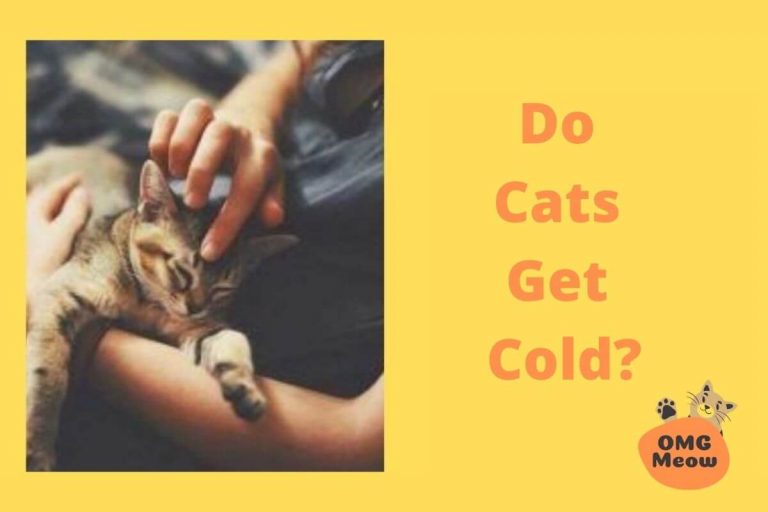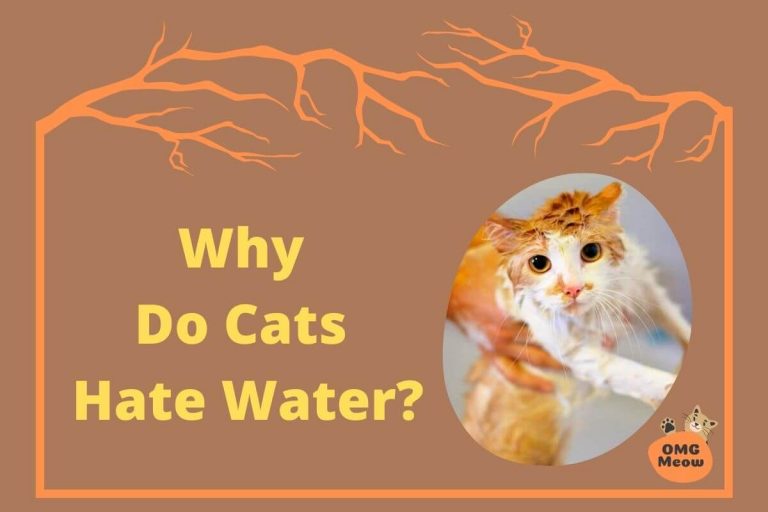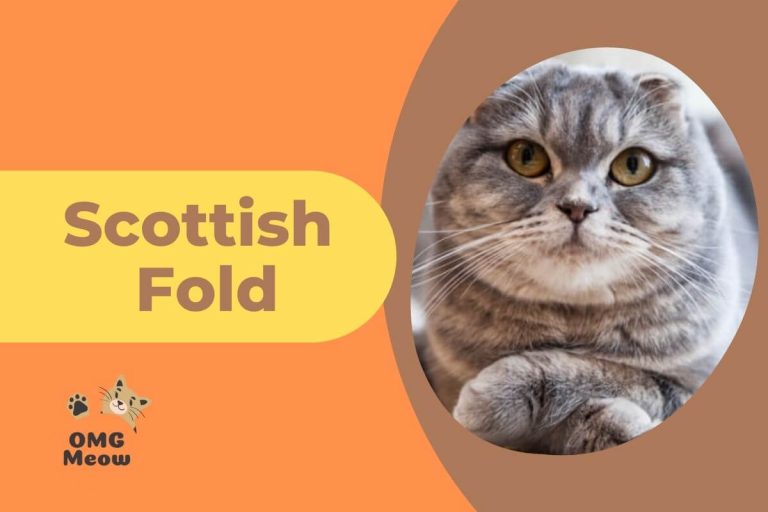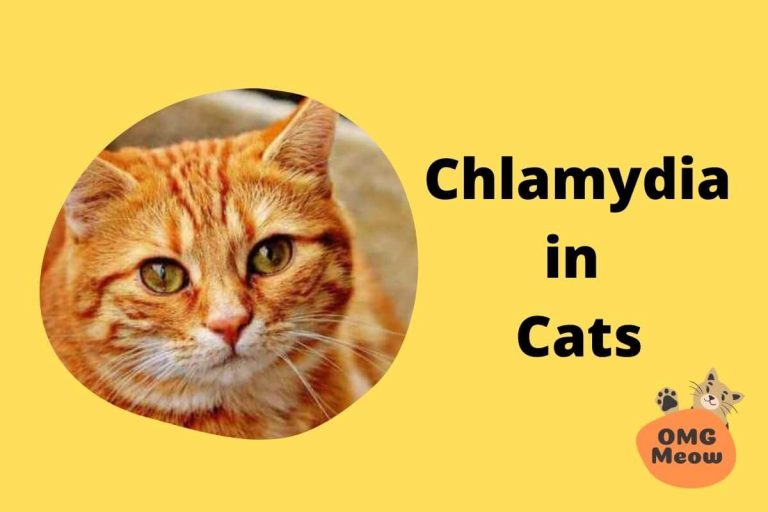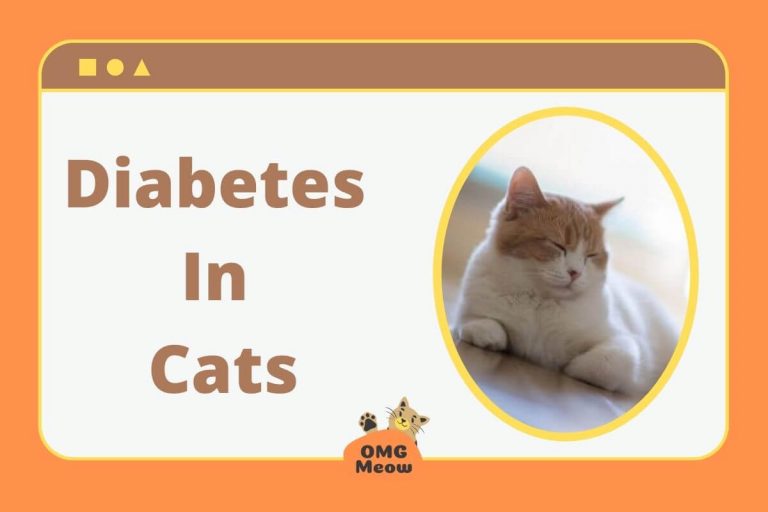Cats can suffer from many of the same diseases that humans suffer from, but is Down Syndrome one of them?
In this article, you will discover everything you need to know about cats with down syndrome: myths vs. reality, symptoms involved, frequent doubts… and much more.
Can cats have Down Syndrome?
To begin with, it is worth briefly explaining the reason for this question.
The doubt about whether cats can be born with Down Syndrome comes from a phenomenon seen on social networks. The publication of photos and the popularity of several cats of different appearances and behavior led to the talk of “cats with Down Syndrome”. However, this is not entirely true.
Specialized sources indicate that, in reality, feline Down Syndrome does not exist. Although there are cats whose appearance and behavior exhibit abnormal traits, these are due to other genetic disorders, not the disease. Down syndrome occurs only in humans and in some primates.
Down Syndrome-Like symptoms in cats
Many people wonder: how do you know if a cat has “Down syndrome”?
Based on the previous clarification, that is to say, that cats do not suffer from this disorder specifically, a group of signs has been recognized that help to identify when the kitten has a genetic alteration. These symptoms and characteristics can be both physical and mental.
The 9 symptoms that mimic Down Syndrome in cats are:
- Flattened or upturned nose
- Unusually small, wide, or misshapen, upturned eyes (crossed eyes)
- Perpetually sad face
- Strange or different behavior from other cats
- Motor dysfunction
- Heart problems
- Difficulty excreting
- Hearing loss
- Sight loss
If your cat has one or more of the above symptoms, it is important to see the vet. Although cats do not suffer from Down syndrome, they can have diseases or genetic disorders of a similar nature.
What Causes Down Syndrome Symptoms?
The physical and behavioral abnormalities commonly known as “Feline Down Syndrome” can be caused by a variety of problems, from birth defects and neurological diseases to infections and trauma.
The disorders that cause these symptoms and that are often confused with Down syndrome in cats are:
-
Cerebellar hypoplasia
Cerebellar hypoplasia in cats is due to improper development of the cerebellum and is characterized by difficulty in walking, running, jumping, maintaining balance, and accurately approaching objects (litter box, food bowl).
This condition occurs when the kitten is infected by the panleukopenia virus during its development in the mother cat’s uterus. Although it does not represent a danger of death for the pet, it does have a great impact on its quality of life.
-
Feline dysautonomia
This degenerative disease affects the cat’s autonomic nervous system, causing loss of muscle tone, incontinence, loss of appetite, droopy eyes, and weight loss. Symptoms can be treated, but there is no cure.
-
Klinefelter syndrome
Another condition that causes Down syndrome-like symptoms in cats is Klinefelter Syndrome, a genetic condition in which a male has an extra X chromosome. Sometimes this syndrome causes cognitive and developmental problems that can result in physical abnormalities.
Cats with Klinefelter syndrome generally have reduced bone mineral content, hence they are more prone to bone fractures.
-
Distal polyneuropathy
Refers to nerve damage caused by diabetes mellitus. Common symptoms in cats include seizures, paralysis, tremors, weakness, and instability.
-
Possible trauma
Any type of trauma suffered to the face and head, especially at a very young age, can lead to permanent physical injury and neurological damage in the cat.
Note. The mother cat’s exposure to certain toxins during pregnancy, as well as inbreeding, are other causes for a cat to be born with congenital malformations.
A cat that appears to have Down syndrome can always be examined by the veterinarian to determine the origin of any abnormality. Genetic testing, blood tests, and X-rays can help identify not only the actual cause of the symptoms but also the type of treatment and care the cat needs.

